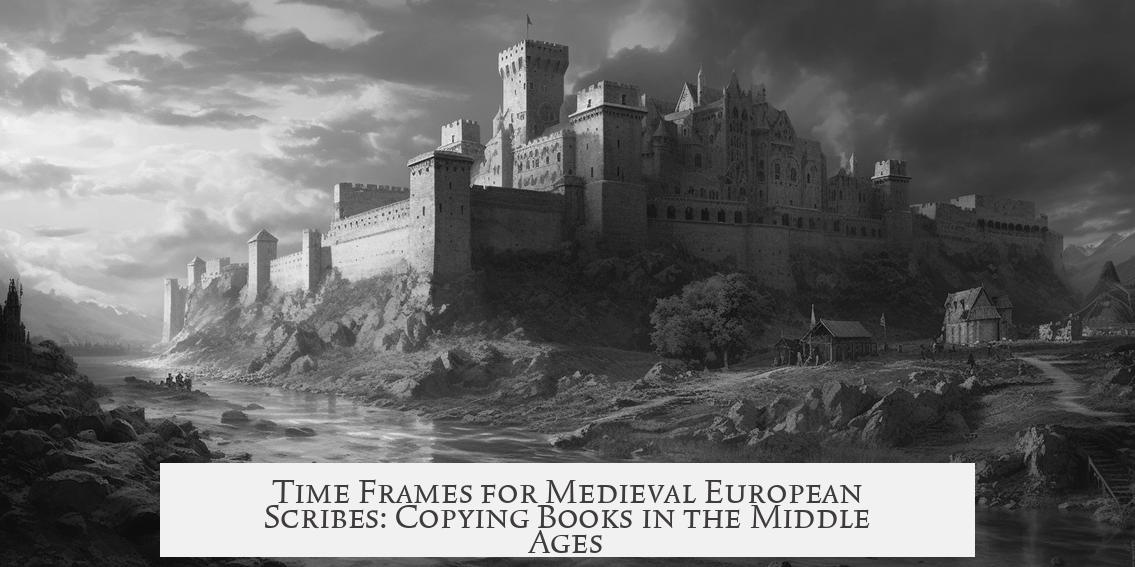The time it took a medieval European scribe to copy a book varied widely depending on the period, the manuscript type, and the copying techniques used. In earlier medieval times, copying a typical book or a Bible usually took about one year per monk. After the late eleventh century, innovations in manuscript production involving multiple scribes and faster scripts reduced this time, though exact durations remain unknown.
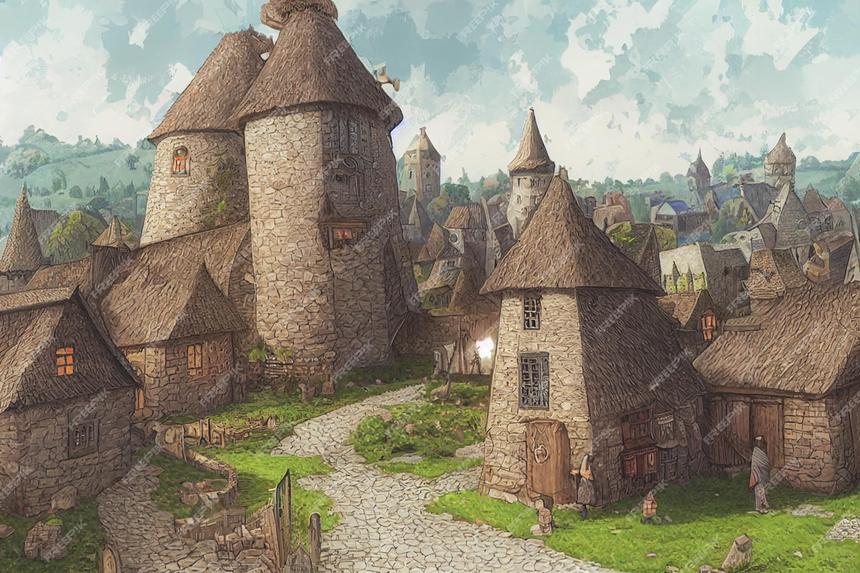
Medieval Europe did not have a standard “Bible” as understood today until the thirteenth century. Earlier biblical texts were often supplemented with extensive glosses and commentaries, which could change their length significantly. These complexities influenced the time scribes spent copying such texts.
Before 1100 AD, copying was primarily a monastic activity. It required careful, deliberate work, as accuracy and beauty mattered more than speed. Only older monks—usually in their late twenties or beyond—were trusted with this task, valuing calm and focus over haste. The handwriting was large and formal, known as “book hands,” with moderate use of abbreviations to maintain clarity.
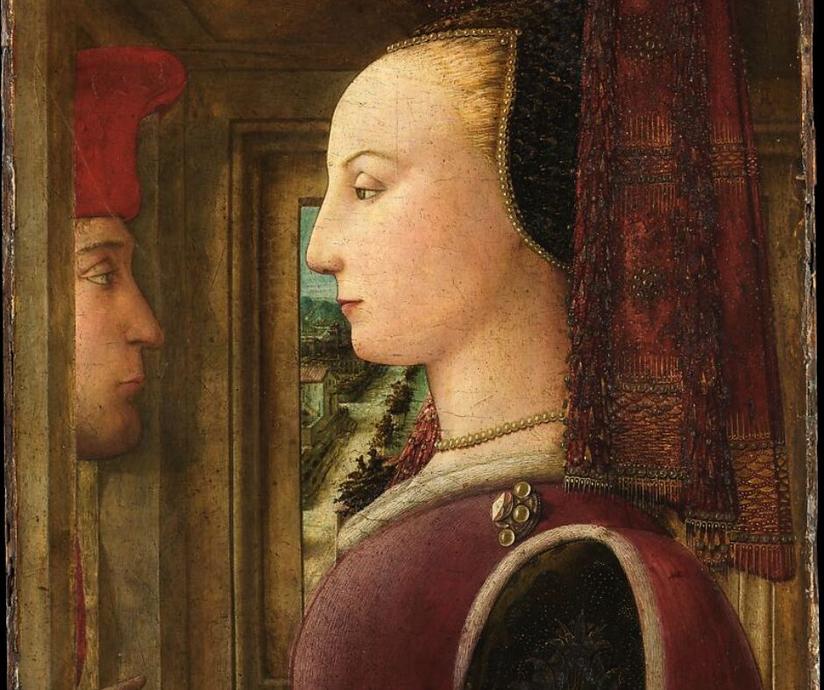
The Rule of St. Benedict prescribed that a monk receive one book each year to read or copy. This suggests that, on average, a single book required about a year of work for one monk. The process was not simply mechanical copying but a sacred duty, reinforcing the slow pace and the importance of precision.
After the late eleventh century, the demand for books grew, especially outside monastic settings. This led to new methods that increased copying speed:

- Manuscripts were divided into quires—groups of folded sheets—allowing parts of a book to be copied independently.
- Several scribes worked simultaneously on different sections of a single volume, drastically speeding up production.
- The script evolved to a cursive gothic book hand in the early thirteenth century, an abbreviated, faster handwriting style designed for efficiency.
These developments meant that several scribes could finish a manuscript much faster than before, though exact timings were not documented. Nevertheless, copying was still a time-intensive process compared to modern printing.
Adding illumination and rubrication extended the production time further. These decorative tasks—colorful initials, ornate borders, and miniature illustrations—were done by specialized artists after copying was complete. Illumination, especially in luxury texts like Books of Hours, could take several additional weeks or months.

Unfortunately, medieval scribes or their contemporaries did not keep detailed records of how long copying took. Historians estimate durations from the Rule of St. Benedict and surviving manuscripts. Such evidence points to a year-long pace for a single scribe before the introduction of division and collaboration techniques post-1100.
| Period | Scribes | Script Style | Copying Time per Book | Additional Notes |
|---|---|---|---|---|
| Pre-1100 | One monk | Large book hand, moderate abbreviations | ~1 year | High accuracy; copying seen as sacred task |
| Post-1100 | Multiple scribes | Cursive Gothic book hand, heavy abbreviations | Much faster, exact time unknown | Division of manuscript into quires to share work |
| Illumination (all periods) | Specialist artists | N/A | Additional weeks/months | Applied after copying |
In summary, the medieval copying process followed these broad patterns:

- Before 1100, a single monk typically copied one book per year, emphasizing care over speed.
- After 1100, multiple scribes and new scripts sped up production, though precise durations are unclear.
- Illumination and rubrication added extra time and were performed separately by skilled artists.
- Overall, manuals and precise records on copying durations do not survive, so estimates rely on contextual analysis and the Rule of St. Benedict.
This overview underscores the labor-intensive nature of book production in medieval Europe and the gradual innovations that transformed it as demand for manuscripts grew.
- Pre-1100 copying required about one year per book per monk.
- After 1100, multiple scribes working on quires accelerated production.
- Cursive Gothic scripts from the early 13th century increased copying speed.
- Illumination extended the total production timeline significantly.
- No direct records exist; timing is inferred from historical practices.
How Long Did It Take a Medieval European Scribe to Copy a Book?
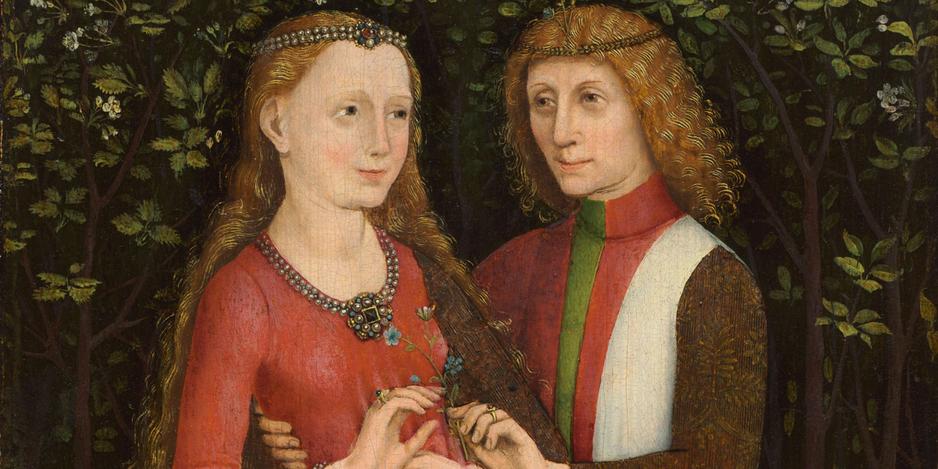
In medieval Europe, copying a book was a slow, painstaking process that typically took about a year for a monk to copy one book—but there’s a lot more than meets the eye here. The time varied widely depending on the era, the script used, how many scribes were involved, and whether the manuscript was illuminated. So, grab your parchment and quill as we dive into the fascinating world of medieval scribes and their marathon manuscript marathons.
Picture this: a dimly lit monastery with a single monk hunched over a thick parchment book, painstakingly copying every letter by hand. This solemn work was far from a rushed job, especially before 1100 AD.
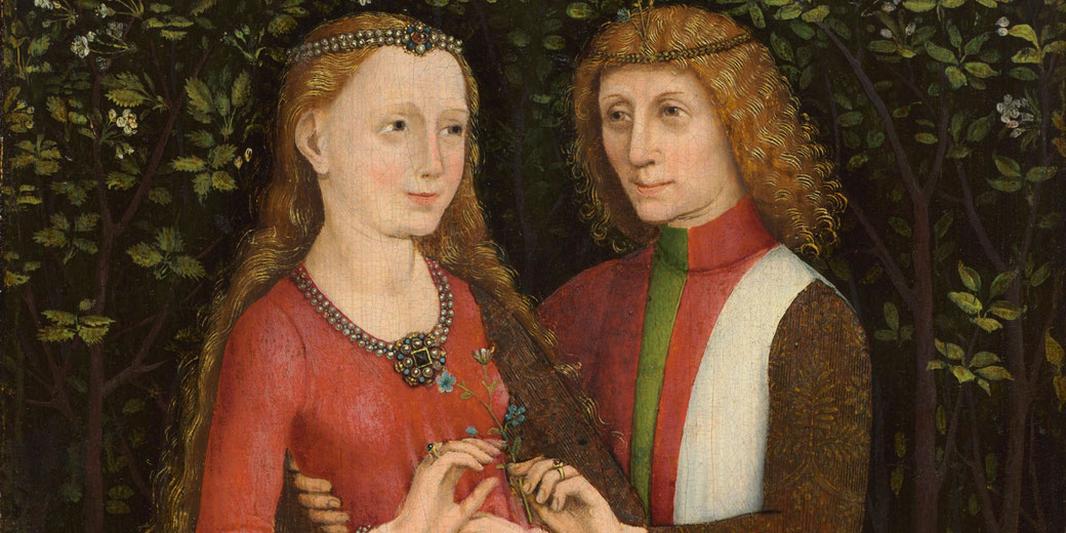
The Slow, Sacred Art of Early Monastic Copying
Before the 12th century, copying was predominantly reserved for monks who were mature minds, usually in their late twenties or older. These monks practiced temperance and calmness, traits essential for the task. You can’t exactly rush perfection when each letter risks eternal error or heresy!
The Rule of St. Benedict, a cornerstone of monastic life, mandated that each monk be given a book to read and possibly to copy every year. This rule gives us a neat, if rough, timeline: one book per monk per year.
“Speed was not considered an issue, but only the perfection of the work.”
The scripts then were large, stately, and intricate—known as ‘book hands’—and used moderate abbreviations. The copying pace was glacial but intentional. Quality trumped quantity. Think of it as the artisanal slow-cooked meal of manuscript creation.
Evolution with Non-Monastic Learning: Racing the Clock
Fast forward to the late 11th century, and the landscape changes. Universities and secular scholars crave books, and the demand surges. Enter the era of innovation.
- Manuscripts are divided into quires, smaller chunks of folded sheets.
- Students or scribes take these quires home to copy individually.
- Multiple scribes work simultaneously on the same book, speeding things up dramatically.
- The script evolves into a faster, cursive Gothic book hand with heavy abbreviations to save time.
This collaborative assembly line meant what took a monk an entire year before might now be done in months—or even weeks if everyone pulls their weight. No exact numbers survive, but it’s like moving from hand-sewing a garment to factory stitching. The result: more books, faster.
Adding the Sparkle: Illumination and Rubrication
But wait—what about those gorgeous decorated initials, gold leaf illustrations, and fancy red rubrications? Illumination was almost always a separate process, done after the text was copied. Master illuminators could spend weeks or months adding intricate artwork, especially in luxury manuscripts like Books of Hours.
This artistic splash greatly increased the production time. So even if the text was written quickly, the final work might take many more months to complete.
Why No Exact Timetables?
As charming as these scribe tales are, no medieval ledger exists describing exactly how long each book took. Scribes didn’t exactly keep “time sheets.” More likely, they were too busy perfecting their pen strokes.
“Sorry, that’s not a very precise answer, but unfortunately no one really wrote down how long it took them to do any of this!”
Historians piece together timelines based on rules like the Rule of St. Benedict, linguistic shifts in scripts, and surviving manuscript evidence. This detective work gives us estimates but no definitive stopwatch readings.
Bubble Chart of Copying Time Over Centuries
| Period | Copying Speed | Key Features | Estimated Time for One Book |
|---|---|---|---|
| Pre-1100 | Very slow | Monastic, large book hand script, perfection prioritized | About 1 year per monk per book |
| Late 11th to 13th Century | Moderate to fast | Division into quires, multiple scribes, cursive Gothic script, abbreviations | Months to weeks for a book with several scribes |
| Illumination Period (Post-13th Century) | Slow, added time | Dedicated illuminators add decoration after copying | Additional months added |
What Can We Learn From All This?
If you’ve ever felt frustrated with a slow project, take heart! Medieval scribes show that slow and steady can produce something truly lasting and beautiful. Yet, their story also reminds us innovation—like dividing a task among many or adopting faster methods—can speed things up while still preserving quality.
Today, with digital technology, copying a book takes seconds. But back then, it was a demanding, sacred craft that both shaped and preserved culture. So, next time you flip through a printed book, remember a scribe somewhere once devoted an entire year or more just to ensure those words lived on.
Final Thought
Curious how many books a single scriptorium might produce in a year? Once multiple scribes started working on quires simultaneously, entire libraries could grow more quickly. Still, an illuminated masterpiece remained a marathon effort that only a few skilled hands could complete reliably.
That’s the paradox of medieval book production: balancing speed, accuracy, and artistry. It’s a tale that fascinates anyone who appreciates the journey from quill to page.
How long did it typically take a medieval monk to copy a book before 1100?
Monks usually took about one year to copy a book carefully. They valued accuracy over speed and used large, clear scripts. Copying was considered a slow and solemn task, often assigned to older, experienced monks.
Did the time to copy books change after the eleventh century?
Yes. Demand for books grew, and scribes began dividing texts into sections called quires. Multiple scribes could copy parts of a book at once, speeding up the process. They also used faster Gothic cursive scripts with many abbreviations.
How did illumination affect the time needed to produce a book?
Illumination and rubrication were separate steps done after copying. Specialized artists added decorations, which extended the total production time considerably beyond just writing the text.
Are there exact records of how long it took to copy medieval books?
No precise contemporary records survive on the time required. Estimates come from monastic rules and study of copying practices rather than direct documentation.
Why was copying speed less important than accuracy in early medieval manuscript production?
Books were sacred objects, so perfection mattered more than speed. Errors were carefully avoided through slow, deliberate writing. This approach ensured reliable texts for reading and study.

